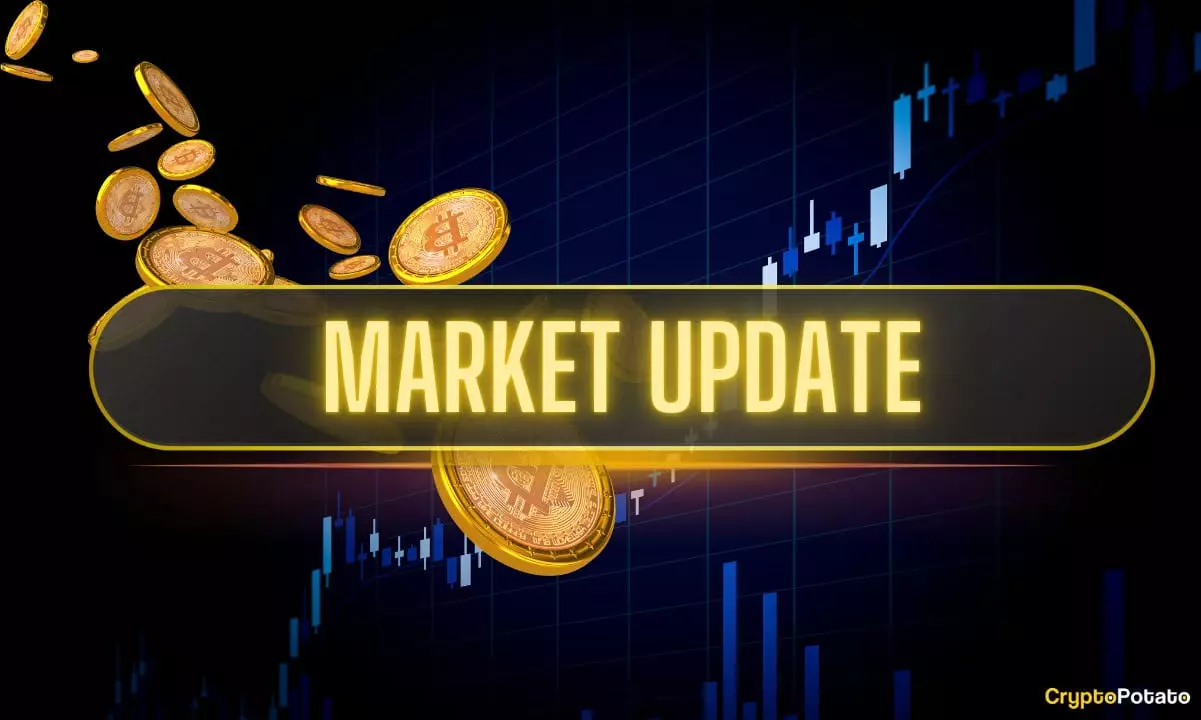The cryptocurrency market has been influenced dramatically by technological advancements and other external factors. One significant catalyst this past week was the launch of DeepSeek, a new AI platform from a Chinese company. Positioned as a cheaper and faster alternative to OpenAI’s ChatGPT, DeepSeek stirred uneasiness in tech circles, especially among major semiconductor players like Nvidia. The implication was clear: if DeepSeek is indeed able to deliver comparable performance at lower costs, the demand for high-end chips might see a decline.
The announcement triggered not just a ripple but a full-fledged wave across various markets, including cryptocurrencies. Bitcoin (BTC), which had been trading around the $105,000 mark, experienced a rapid decline, plunging below $98,000 within hours. This was a testament to how interlinked financial markets are; bad news in tech can promptly overshadow any gains in crypto investments. For crypto enthusiasts and investors, such sharp fluctuations can be alarming yet are becoming increasingly common as traditional markets and cryptocurrencies grow more intertwined.
Despite the initial shock, Bitcoin demonstrated a remarkable ability to recover quickly. By Tuesday morning, it reclaimed the critical psychological barrier of $100,000. Yet, another minor slip brought it briefly below that threshold, showcasing the volatility that characterizes the virtual currency landscape. The action suggested a sort of cautious optimism among traders, who were waiting to see how macroeconomic factors would play out.
Amid this backdrop, investors keenly watched the Federal Open Market Committee (FOMC) meeting. When the U.S. Federal Reserve decided to maintain current interest rates, Bitcoin swiftly reacted, dropping approximately $1,500 in value. Nevertheless, this drop was temporary, as the crypto market found its footing again by Thursday, with Bitcoin rising to an intraday high of approximately $106,500. This volatility raises questions about market psychology: are traders overly sensitive to news, or can rapid recoveries indicate a stronger underlying demand?
Monitoring Altcoins: Winners and Losers
While Bitcoin exhibited resilience, other altcoins had varying fortunes. The week saw Solana (SOL) grappling with significant losses, plunging by around 11% after reaching an all-time high amid broader speculative trading in tokens linked to Trump. This speaks volumes about the sentiment surrounding digital assets and how quickly fortunes can reverse in this space. Other cryptocurrencies like Dogecoin (DOGE), Hedera (HBAR), Shiba Inu (SHIB), and Stellar (XLM) also found themselves in the red, reflecting periodic sell-offs that can occur after euphoric highs.
In stark contrast, OM token experienced an uptick of nearly 50%, showcasing the unpredictable nature of altcoin performance. This divergence suggests that while investor sentiment might be swayed by market conditions, niche projects or emerging tokens can still capture significant interest and investment regardless of broader trends. The overall market cap currently stands at $3.744 trillion with a trading volume of $120 billion, indicating ongoing engagement despite the chaotic week.
The repercussions weren’t restricted to just cryptocurrencies. Traditional firms such as Nvidia saw their stocks drop by over 17%, prompting discussions on how intertwined tech advancements and digital currency markets may become. As the crypto industry matures, such connections will likely strengthen, leaving investors in both realms watching developments closely.
The encouraging news came from the Securities and Exchange Commission (SEC), which restarted the race for Solana-based ETFs by accepting filings from several asset managers. The regulatory landscape is constantly evolving, and a favorable decision here could provide a much-needed lifeline for digital assets and bolster their legitimacy with mainstream investors.
In the midst of volatility, some analysts and crypto advocates remained optimistic, particularly regarding Ethereum (ETH). Despite underwhelming performance through the current bull cycle, advocacy around Ethereum’s potential continued, with industry experts hinting that momentum could shift. However, the lack of significant whale activity casts a shadow on this optimism, hinting that the market may require more time to stabilize.
For Tesla, the new financial policy allowing for quarterly adjustments of digital asset valuations led to an impressive $600 million paper profit from Bitcoin holdings. This revelation underscores the maturation of how corporations like Tesla engage with cryptocurrency, making it a more integrated part of their financial strategies.
As cryptocurrency continues to navigate through a landscape peppered with technological innovations, regulatory scrutiny, and macroeconomic conditions, traders and investors must remain vigilant. The landscape remains fraught with potential yet filled with uncertainty—an intriguing paradox that continues to draw in enthusiasts and skeptics alike.

